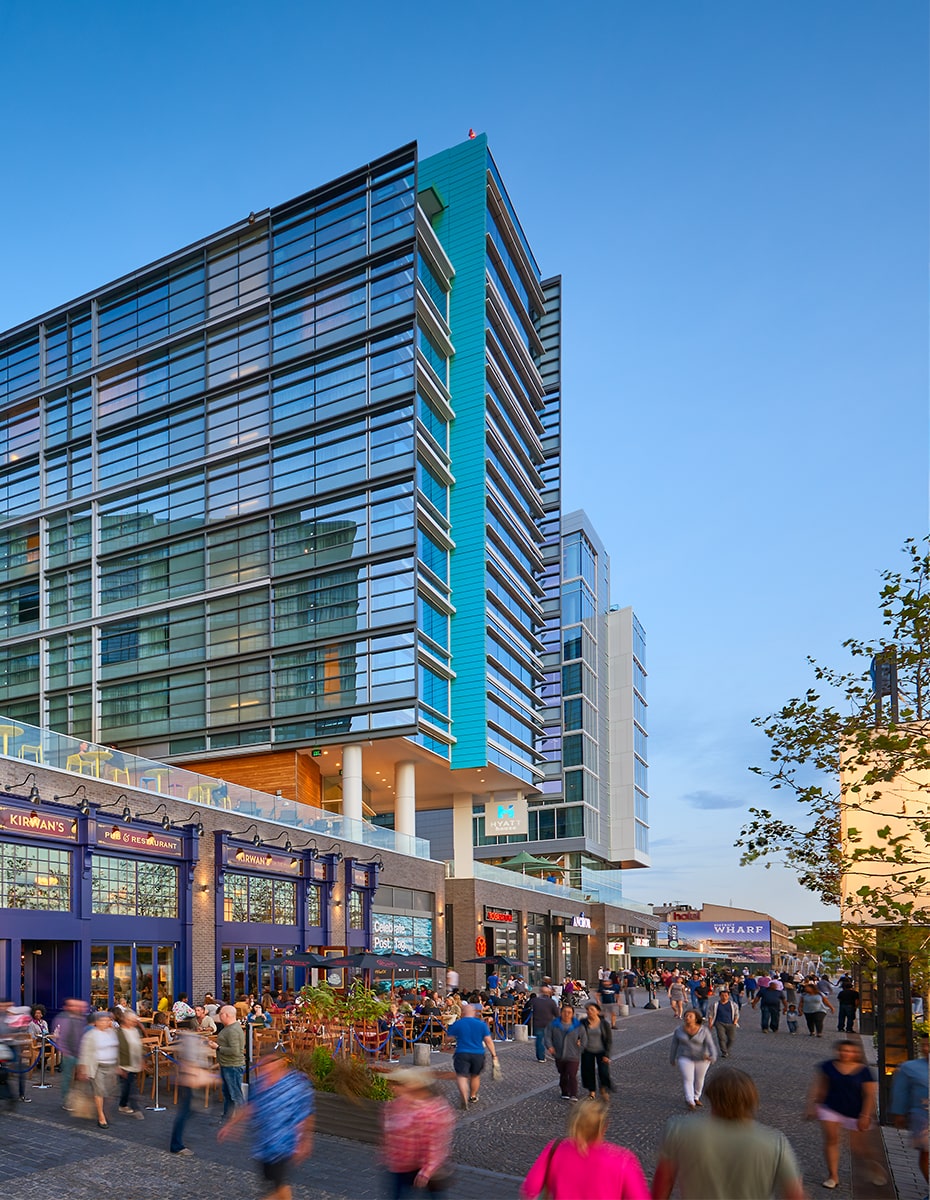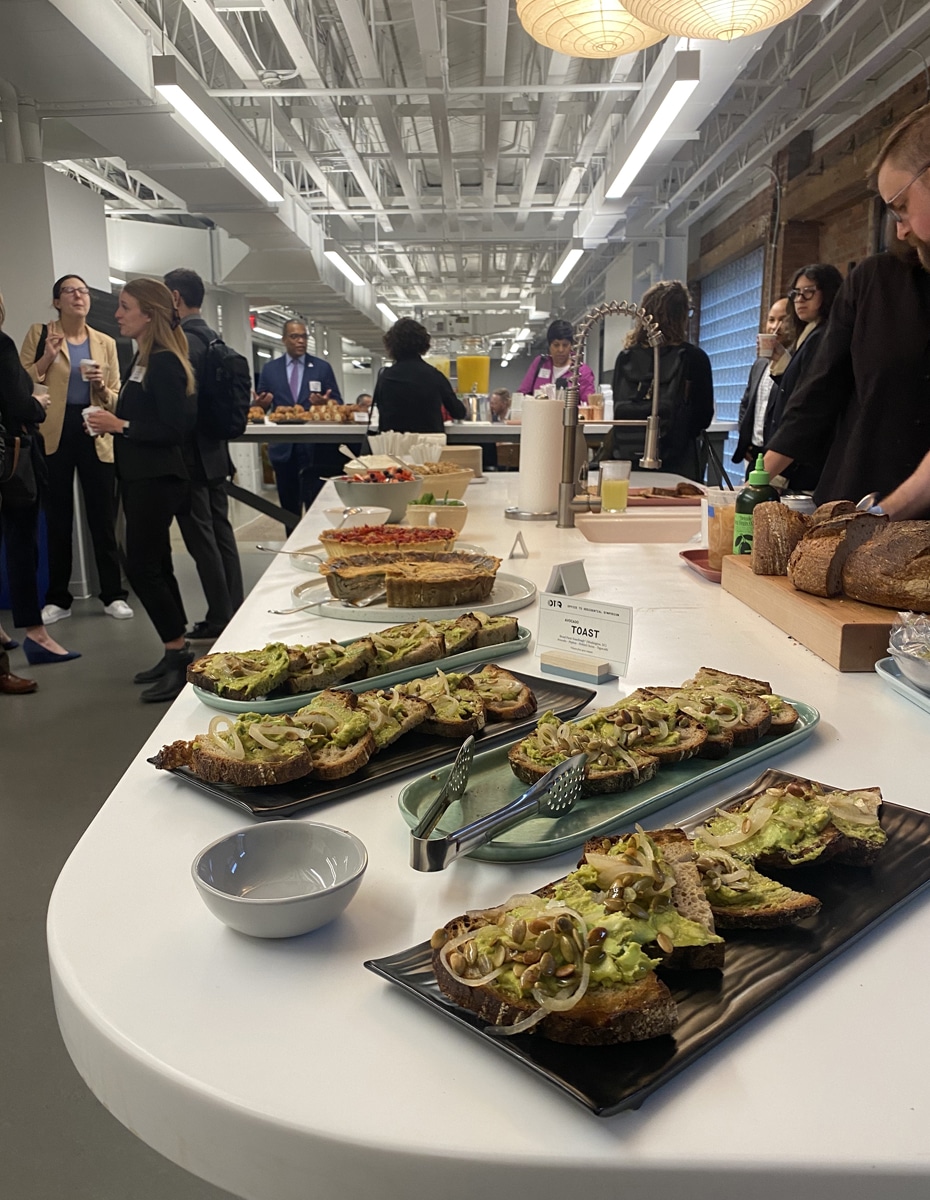What comes to mind when you hear the words “fast food?” Typically, images of McDonalds, Burger King, or other similar restaurants arise. Common associations are high calorie counts and lack of nutrition, among other negative qualities. According to the European Journal of Clinical Nutrition, some of the options at carry out restaurants are associated with lower cholesterol and sodium levels than a dine-in restaurant. In addition, these restaurants meet the needs of the communities they commonly serve – not just nutritionally, but socially as well. Although carryouts are identified as “fast food restaurants,” they are characterized by the fact that most customers get their meals to go, and have fewer than 15 patron seats.
With the rise of health-conscious, fast-casual eating and a strong emphasis on local, organic, and produce-centric food, carryout restaurants were victim of societal backlash. We (along with our client) wanted to find out what benefits (both societal and economic) fast food restaurants still provide, despite what they lack in healthy food options. I decided to take a look in my own backyard to find out.
A recent study of Wards 7 and 8 in Washington, D.C. revealed that there are 74 carryout establishments in operation, representing a wide variety of food types, nutritional value, prices, and quality of services and food. While conducting the study, I was able to reminisce on my life and eating habits growing up. I recall eating fast food options several days of the week due to the conditions within my household. Growing up in Atlanta as the only child of a single-parent who worked over an hour away from home (damn sprawl!), there were limitations to what was available to eat due to lack of dining options nearby, time available, and costs. These factors were mirrored in the study through an analysis by census tract.
ALL THE SINGLE [parent, head of household] LADIES
Throughout the carryout study, we found a strong correlation between the percentage of female-headed family households with children under the age of 18 and the amount of expenditures on fast-food offerings. These single mothers, who comprise 24.4% of the population in Wards 7 and 8 (compared to 10.8% of the US population as a whole), are limited by the amount of options, are short on time, and have a tight budget.
GOING THE DISTANCE
In places like suburban Atlanta, Wards 7 and 8 in D.C., and many other urban, suburban, and rural communities, the availability of food options is limited. In many cases, access to cars or robust public transportation systems is a necessary convenience, as the time/distance one is willing to walk (10 minutes/.5 mile) or bike (10 minutes/1 mile) is outside of where the majority of food options are located. Case-in-point: the closest food options from my childhood home were approximately a 6-mile drive away. In addition, our study revealed that as the number of vehicles per household (an indicator of mobility) rises, the average amount spent on fast-food decreases. This reverse correlation suggests that fast-food and carryouts are the best choice for residents who have access to few transportation alternatives.
In these communities underserved by food and beverage retail options, fast-food offerings are generally prevalent. This is partially attributable to the fact that 28% of Americans eat at a fast food establishment at least once a week, compared to 22.5% who dine out at a sit down restaurant. In addition, the carryouts within the wards provided a variety of food options. (e.g. Yum’s Carryout in D.C. offers Chinese food, subs, salads, seafood, and chicken wings). A family could find a varied selection of options without having to visit numerous stores.
TIME OUT
Although we had one car in our household, there was always another constraint: time. Juggling extracurricular activities, my mom’s commute, and general day-to-day activities, there was only a finite amount of time left over for the option to cook or grab something to-go. For us, many days resulted in a baked potato and salad from Wendy’s and a rotisserie chicken from our local grocery store.
Many families are too constrained by the amount of time available and do not have enough flexibility in their schedule or additional help to meet the daily needs of their families. Within these conditions, the only opportunity to provide a meal is a fast-food option. The perceived and real time associated with cooking is greater than what is allotted in their schedule.
A RUN FOR YOUR MONEY
Fast food establishments, unlike dine-in options, rely on selling a large quantity of low ticket items. For example, at Wendy’s, the baked potato and garden salad (approximately $2.50 at the time of the study) was much cheaper than most other options. In Ward 8, Yum’s Carryout sells a large chicken fried rice for $7.95, providing enough food for two meals.
Educational attainment, employment, and household income have an inverse relationship with fast-food expenditures. For Wards 7 and 8, a large amount of the population is either unemployed (12.7%) or not in the labor force (41.5%). Therefore, the high percentage of individuals outside the labor force or unemployed is correlated with a high amount of expenditures on fast food. Additionally, as the percentage of the population with associate degrees increases in these wards, the percentage of expenditures on fast-food decreases. Due to these factors, the consumer spending levels in Wards 7 and 8 support the existing carryouts and additional fast food establishments.
FOOD FOR THOUGHT
Positive aspects of the carryout restaurants include their convenience, affordability, and accessibility in neighborhoods with concentrations of populations that are limited by available time and financial resources, as demonstrated above. In addition, these restaurants serve as gathering places and social hubs for the community – particularly during the day. Negative elements of carryouts include frequent health code violations and a general lack of storefront upkeep. However, despite preconceived stereotypes, there was not any correlation between the amount of crime present in front of or adjacent to carryout establishments; in some cases there was less crime (thanks to Jane Jacobs and the “ eyes on the street” theory).
In DC, many zoning codes infringe on the possibility of some neighborhoods to offer fast food options, but accept restaurants as a by-right use. There are also some considerations that impact the ability of fast food establishments to integrate into communities, such as the associated waste from materials used (i.e. disposable products) and the noise from the drive-thru window. However, these nuisances are only slightly elevated from restaurant conditions, which may not meet the needs of the community in respect to options, time, and costs.
THE FOOD FIX
As communities in partnership with local government agencies seek to diversify food options, there are a few critical areas of focus: recognizing local societal patterns, increasing access to nutritious prepared food, and improving the appearance of the storefronts. Governments have the authority to (and should take advantage of their ability to) incentivize and disincentivize food options in hopes of changing spending behaviors, and possibly public health outcomes. We recommended that DC:
- provide community kitchens that prepare food in bulk at low priced subscription rates.
- investigate methods to incorporate food preparation without heat sources into elementary and middle school instruction to combat the omnipresent need for a parent or adult to prepare food.
- subsidize costs of healthy foods from vendors and suppliers to carryout businesses.
- explore delivery programs similar to Meals on Wheels.
As we look forward to a comprehensive and equitable food access solution, we must not be afraid to embrace opportunities such as UberEats, corner grocery options, and others to push the status quo and ensure citizens, regardless of socioeconomic status, are afforded the same nutritional options.
BACK TO LATEST








